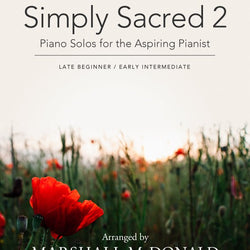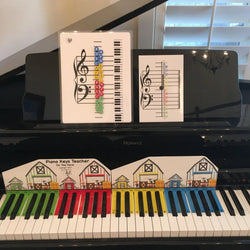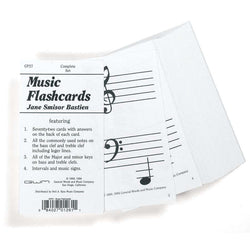You have no items in your shopping cart.
English painter John William Waterhouse (1849--1917) worked in Pre-Raphaelite style, an artistic movement popular in the mid to late 19th century that emphasized bold colors, fine details, and compositional complexity. In 1892, Waterhouse completed Circe Invidiosa, the second of three depictions of Circe, the mythological Greek goddess of magic and sorcery. Circe Invidiosa: Sonata No. 1 for the Piano is a one-movement sonata written in sonata-allegro form. The harmonic framework of the piece uses mediant relationships, ascending or descending progressions by 3rds, to support its contrasting themes. Rhythm plays a central role in this sonata. The unstable pulse throughout the piece, created by constantly changing meters, produces a toccata-like effect reminiscent of the maniacal Circe depicted by Waterhouse. The opening first theme is characterized by rapid, arpeggiated flourishes and a texture that requires the performer to play with interlocked hands. Two-hand arpeggios moving swiftly up the keyboard depict the swirling waters of Scylla's pool. A tender Andante con moto second theme is marked by increasingly sinister-sounding chromaticism. These two themes are manipulated in the development. Throughout the piece, short motives combine with intricate rhythms and sonorities to convey the introspection, internal conflict, and passion within Waterhouse's Circe Invidiosa. This work was jointly commissioned by the Music Teachers National Association and North Dakota Music Teachers Association in 2014.
 English
English
























